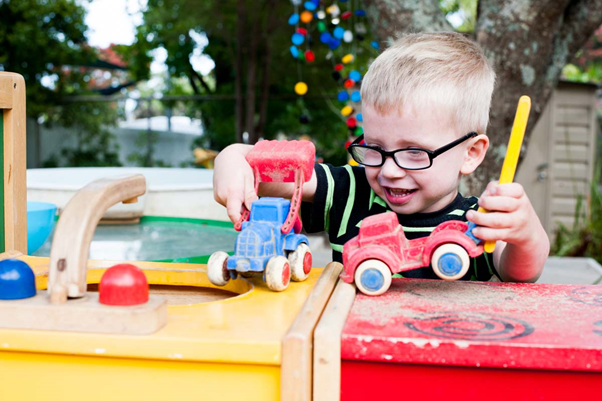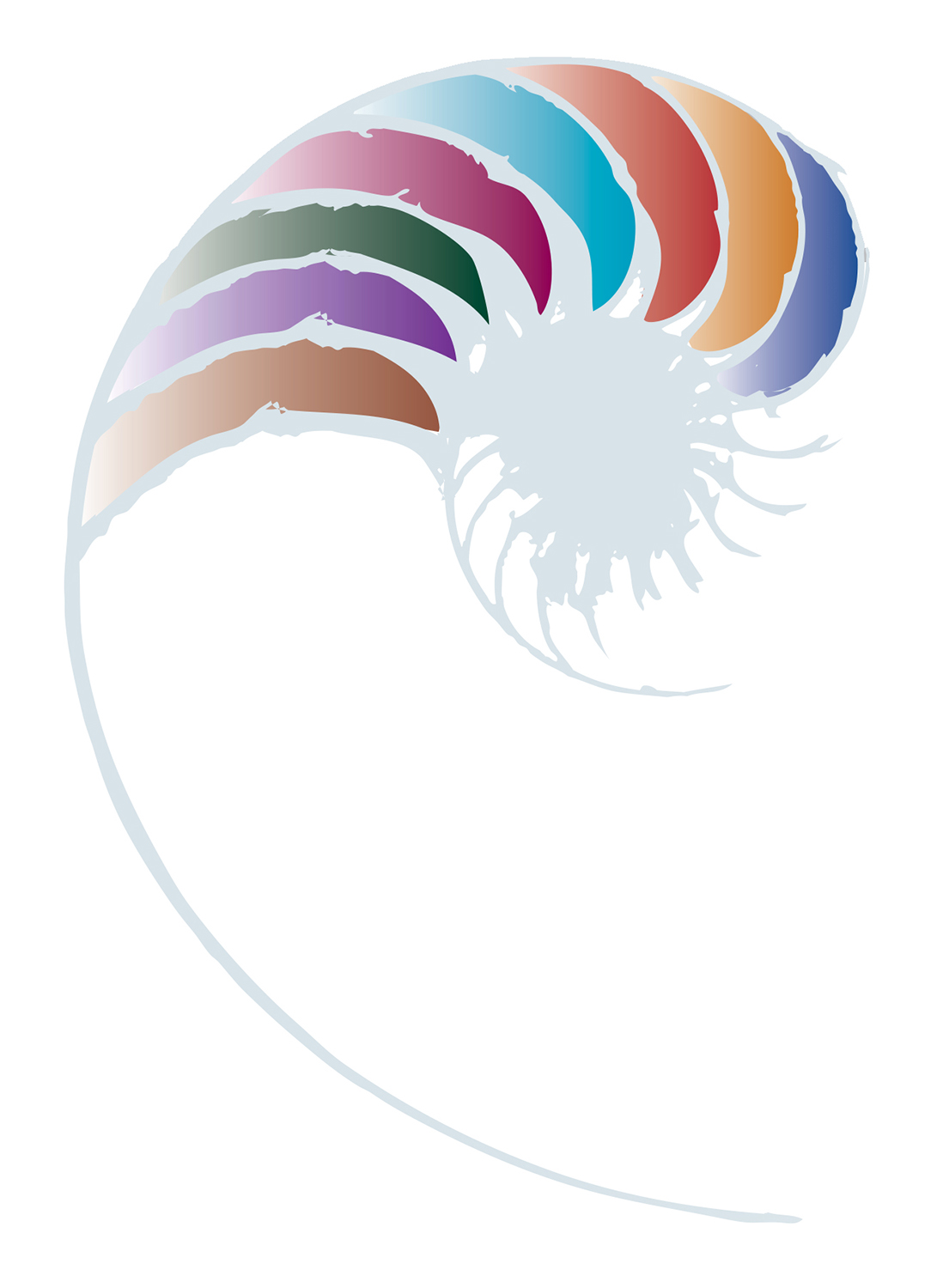Ngā pūkenga auaki, whakarite hoki
Self-management and regulation
Learn about the importance of self-management and self-regulation for children and find strategies to help them develop these skills.

The ability children have to regulate emotions contributes to their success in social interactions and their capacity to learn. Self-management and regulation are essential aspects of social competency—a child’s growing capacity to effectively interact with others.
Self-management is defined as having the cognitive control needed for learning: being able to focus attention, persevere, plan, choose, and decide what to do next.
Self-regulation refers to having appropriate control over emotional responses and showing resilience in response to disappointment or conflict.
Both definitions encompass children learning to be aware of feelings, emotions, and behaviours and being able to manage them.
This is not easy to learn. It is important that children are given time, space, and multiple opportunities to practise and rehearse to build their competence “ā tōna wā” (in their own time). Early childhood services need to be safe and secure places for this to happen.
Self-management and regulation are dynamic in nature rather than a static way of being; for instance, some children have more or less self-regulation in different circumstances.
Self-management and regulation are woven throughout Te Whāriki but are particularly highlighted in the strands of Mana atua | Wellbeing, Mana tangata | Contribution, the principles of Ngā hononga | Relationships, and Whakamana | Empowerment.
- Learner focus
- The role of kaiako
- Useful resources
Children’s growing capacity: Self management and regulation
The development of oral language is a significant contributor to children's growing capacity to regulate their emotions.
- Infants begin learning about self-regulation and management through their environment as their parent or caregiver interprets their nonverbal or verbal cues and moderates their emotions.
- Toddlers are more able to communicate emotional needs through labelling thoughts, emotions, and intentions. Toddlers have strong feelings that can be intense and unpredictable. They are still learning to self-regulate.
- Through the development of verbal communication, young children assume greater responsibility for their own emotional functioning but still require support to express, articulate, and resolve a range of emotions.
A calm, unhurried physical and emotional environment that allows time for rich and supportive interactions to occur is crucial in supporting children to safely learn about managing their feelings and behaviours.
Children vary widely in their understanding of emotions, both their own and others. They may also display different emotions in the same situation.
Children as active contributors to learning to manage feelings and behaviours
Children need to be active contributors to support their self-management and regulation. This happens when children have the time and space to observe, negotiate, and manage their behaviours and feelings when playing alongside and with other children.
- For infants, this means kaiako who are calm, unhurried, accepting, and ‘tuning into’ infants’ emotions and emotional responses.
- Toddlers are encouraged in their attempts to initiate social interactions. Toddlers’ feelings are accepted and acknowledged. They are supported in making choices.
- Young children can test their working theories and practise solving conflict in peaceful ways. This testing and practising occurs when children have opportunities to enter and exit groups, take another person’s viewpoint, take social and emotional risks, and make friends.
When working on curriculum design (programme planning) for self-management and regulation, consider:
- Do kaiako have sufficient knowledge about the development of self-management and regulation?
- Are parent and whānau aspirations for children’s social learning well understood?
- Do kaiako know children well and have a shared understanding of the social learning that is valued in their service?
- Are the goals, learning outcomes, and examples of practice in Te Whāriki that apply to self-management, regulation, and social learning well understood?
- How strong are the learning partnerships with whānau for sharing strategies and progress?
- How will kaiako show children’s increasingly complex social skills and strategies through assessment practices?
- What on-going, regular evaluation of the effectiveness of children’s learning and of the teaching and learning strategies will be used by the team?
About this resource
Self-management and regulation are essential aspects of social competency—a child’s growing capacity to effectively interact with others. Learn more about these concepts and how kaiako can help children develop these capabilities.



